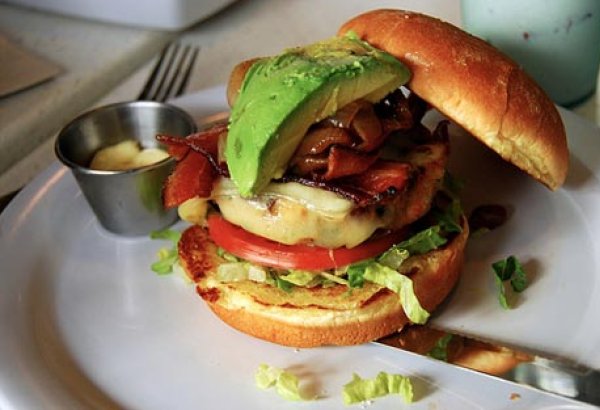
As a number of people battle with weight related issues and obesity among kids as well as adults remains a major cause of concern, people are seeking alternatives to do away with the excess and needless fat in foodstuffs they regularly eat. Burgers are ubiquitous by their presence at cafeterias in schools, offices, etc. Meat burgers were for long preferred by people for their taste. The times are changing and so is the people’s understanding of what is good for them and what is not.
Veggie burgers are acknowledged as a worthy substitute to reduce the saturated fat intake in the diet, given that the protein content is as much as the meat burgers. Veggie burgers give to people a combination of vitamins, minerals, complex carbohydrates and fiber that the meat burgers do not have. The catch, though, is that, not so long ago, the veggie burgers did not appeal to the taste buds of even the most avowed of vegetarians, let alone the ones who enjoyed meat. Change has come with the use of different ingredients and recipes. Keep certain factors in mind and give to your family delectable and nutritious veggie burgers for a quick bite.
1. Use ingredients that help hold the different constituents together. Try grains that absorb more moisture. Starchier grains such as brown rice and oats are good options to consider. For those willing to go a step further to increase the nutritive value, incorporate Quinoa in the veggie burgers you prepare.
2. Avoid using ingredients that are too moist. This will not allow the ingredients to hold together. Use dried herbs for delicious veggie burgers that are high on nutrition. Experiment with the contents of your veggie burger. Use sunflower seeds and pumpkin seeds. Use firm tofu and try out the multitude of vegetarian ingredients available to put together a burger filling that can give any non-vegetarian burger a run for its money.
3. Do not place the veggie burgers directly on to the grill. This dries the burgers beyond the need. Make foil tents over the burgers. This helps retain the moisture as the burgers are steam cooked.
4. Use protein sources other than the usual dairy options. These taste better and bring variety. Try almond milk, coconut or soy. These bring different distinct flavors for you to relish. In addition, these are lactose free, low in calories and are low in fats unlike the traditional dairy products.
5. To serve a burger without the general topping of cheese over other ingredients, substitute it with the plethora of spreads available in the market. Choose the one that goes with the rest of the ingredients you plan to use. Cheese style shreds give a unique flavor of their own to the burger. Add these for the taste to linger in the mouth just a bit longer.
6. The sauce you use can accentuate or mar the taste of the burger as a whole. Use appropriately to avoid the sauce taking over completely on the natural flavors. Allow the various flavors to blend, to create something distinct and savory. To keep the sodium content low, go beyond the often used soy sauce. Tamari is a good substitute. It is richer, thicker and gives a smooth flavor. A number of gluten-free alternatives are also available.
7. Opt for a suitable binding ingredient. While eggs are used in general, tofu serves as a nutritious alternative. Blend silken tofu and use in appropriate quantities. Egg replacer powder is also popular as a substitute for eggs in various recipes.
8. Cooking is all about working with different ingredients to rustle up something beyond what is usual. Experiment with the various materials at your disposal. Ensure that the ingredients complement each other in taste and bind together in the burger.



